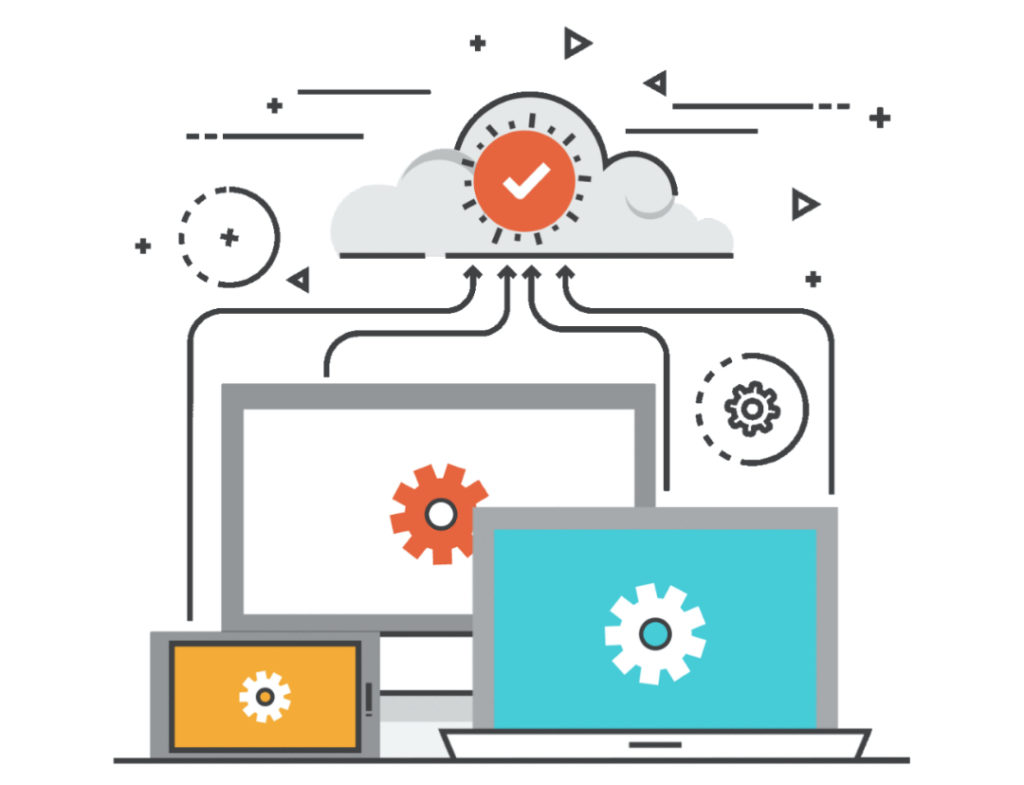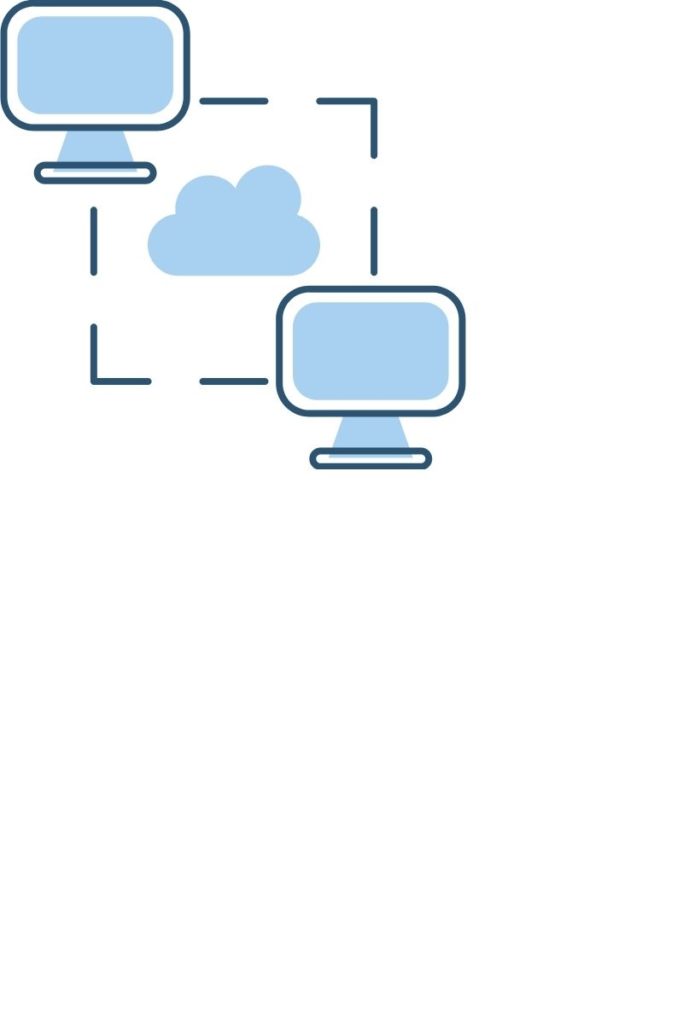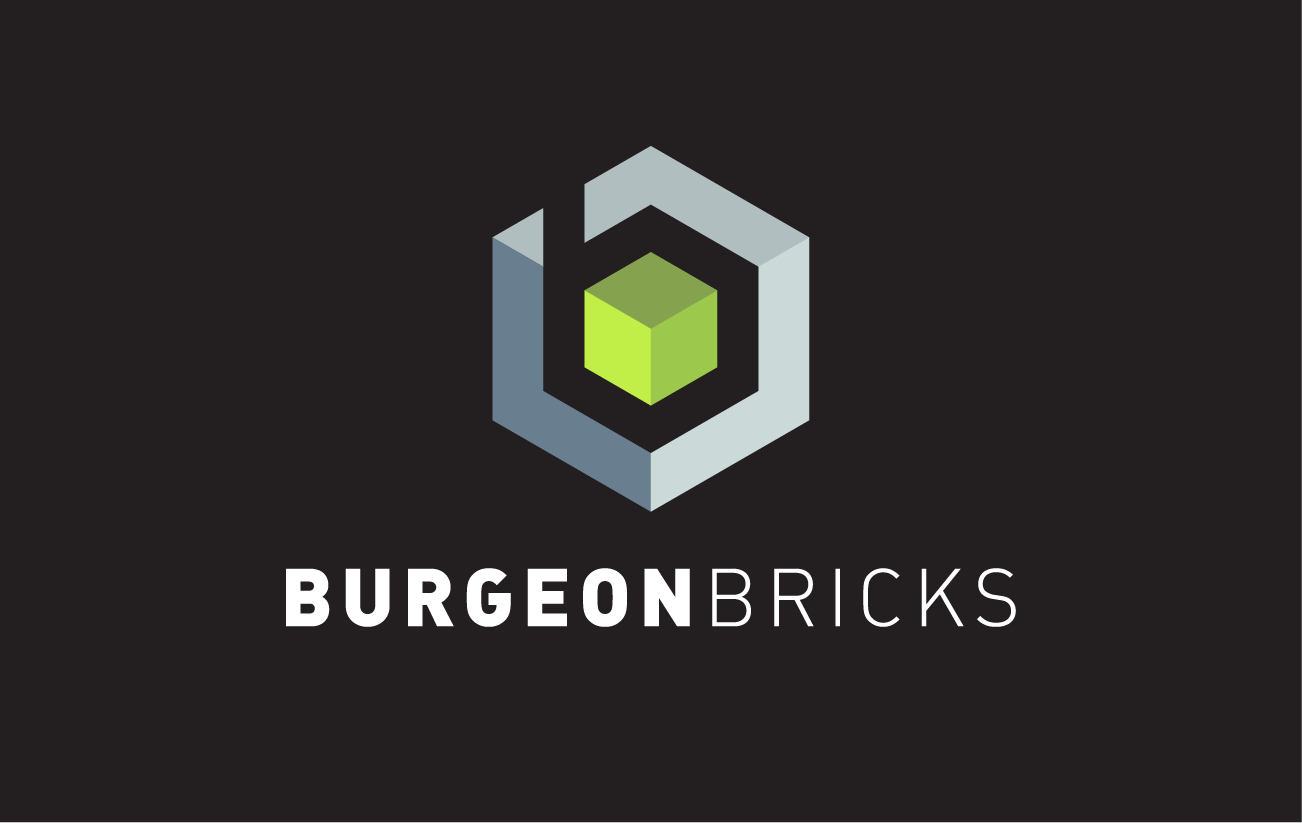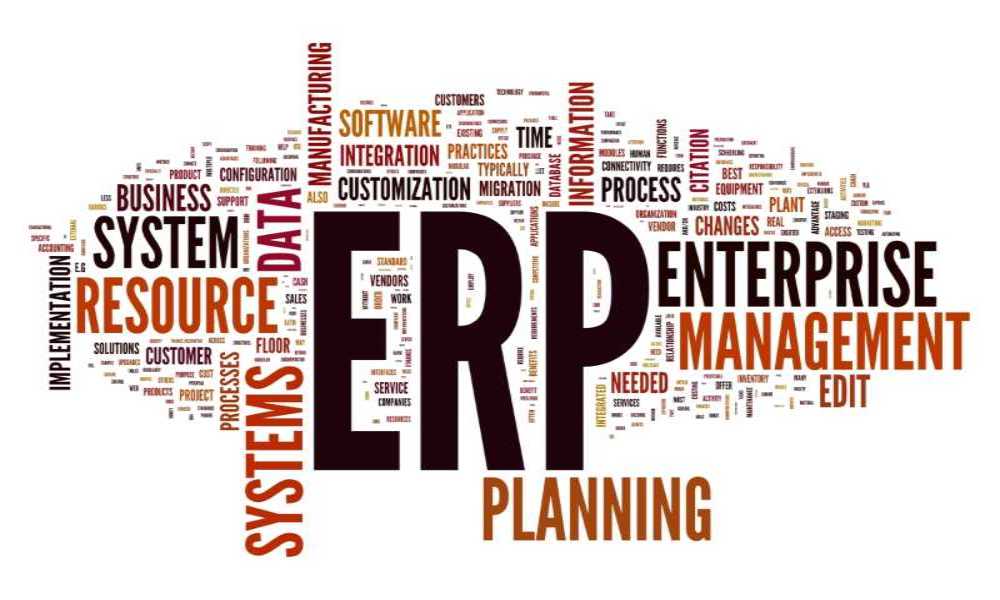Companies generate a large amount of data every day, and it is essential to adopt cost-effective data management methods. The development of cloud computing has created a variety of ways for companies to manage this data. Cloud computing refers to the availability of computer resources such as storage and computing power via the internet and without active management by users.
Simply put, it is the delivery of computing services through the internet. It takes away all the storage and data processing work from your device. You can access any information from any device as long as you have internet access. A company that uses cloud computing does not have to maintain servers on its premises.
Cloud adoption refers to the adoption of cloud computing by companies. It is a great way to reduce costs, improve scalability and risk. Companies can choose to keep all data and applications on the cloud or have a hybrid model that combines cloud computing with private IT infrastructure. Cloud computing service providers include Google Cloud, Microsoft Azure, Amazon Web Services (AWS), Alibaba Cloud, and IBM Cloud.
These companies offer users functionalities like audio and video streaming, email, storage, backup, and data retrieval. They also allow companies to create and test apps, analyze data and deliver software on demand. That reduces operating costs for these companies and is why in Singapore, 9 out of 10 companies are now using cloud computing services.
Here are the several types of Cloud Computing and we discuss the following 3 most commonly used methods by businesses and enterprises.
Software-as-a-Service (SaaS)
This type of cloud computing involves the licensing of software to customers. The cloud hosting companies provide the licenses on-demand or on a pay-as-go model, as you find on Microsoft Office 365. The software solutions provided on SaaS are usually ready to use, and the provider manages the middleware, infrastructure, operating system, and data necessary for program delivery.
Companies can run these programs through web browsers which removes the need for downloads and installations on devices. SaaS programs enable companies to start running and scale operations quickly. Small companies can comfortably use sophisticated software like enterprise resource planning which allows the business to grow effectively.
Example of SaaS in the area of enterprise productivity software is Deskera which you can find out more at https://register.burgeonbricks.com/deskera


Infrastructure-as-a-Service (IaaS)
Infrastructure-as-a-Service involves delivery of all computing requirements from operating systems to servers as part of an On-Demand service using IP-based connectivity. Customers do not need to buy software or servers but instead get these as an on-demand service. This model is used by service providers like Microsoft Azure and IBM cloud.
Clients can customize their online resources to suit their business needs but are not responsible for server and infrastructure management. They can buy, install, and configure any software they require including, middleware, operating systems, development tools, or business analytics. Bear in mind that the company only pays for what they use. IaaS is an excellent option for small companies as it eliminates the cost of creating private infrastructure.
Platform-as-a-Service (PaaS)
This type of cloud computing provides a platform for companies to create software delivered on the internet. Service providers like Heroku allow users to create, test, and deploy their products. Users also can manage and update the products they build. PaaS is helpful for companies looking to develop web-based applications and software. These companies can make use of development software without having to purchase it. Since all services are available on the internet, companies can cut costs by hiring remote workers. It also enhances productivity because service providers offer pre-coded applications, which significantly reduce coding time.

Types of Cloud Deployment
Companies can choose to implement a cloud platform in any of the following ways:
Private Cloud
Private clouds are those used by only one company and are usually secured with a firewall. A private cloud is excellent for a company that has high management demands or security requirements. It can be hosted externally or internally.
Public Cloud
A public cloud is offered on a network for public use on a subscription basis, such as pay-per-user. It is excellent for growing companies that have fluctuating needs. Companies can use public clouds for web applications, webmail, and storing data.
Community Cloud
This is a shared cloud computing deployment model for organizations in one community, such as banks or commercial enterprises.
Hybrid Cloud
A hybrid model combines both private and public functionalities to improve scalability, security, and flexibility.
Who needs Cloud Adoption?
Some of the industries that can benefit from adopting cloud computing include:
Healthcare
To ensure that patient records are secure and accessible, hospitals, clinics, and other healthcare institutions can use cloud computing for marketing, human resource management, and document storage.
Retail
Online stores need to ensure that they make excellent use of the internet and still save money. Through cloud adoption, such organizations can lower marketing and customer data storage costs.
Finance Organizations
Finance organizations need to communicate with customers, manage expenses and human resources. By adopting cloud computing, these companies can reduce costs by putting marketing tools and email platforms in the cloud. Deskera has simple to use effective accounting cloud solution that many small medium businesses. For more information how to take advantage of the cloud adoption, please visit https://register.burgeonbricks.com/deskera
Education
Cloud computing allows learning institutions to provide classes, testing, and learning materials online at a reasonable cost.
Steps for Cloud Adoption
Here are the steps a company should take when adopting cloud computing.
Step 1 Assessment
- Before choosing to migrate your systems, it is essential to assess the value for the company. Take time to look at the business value, adoption challenges, and opportunities. It is also crucial to look at market success rates and the chances of success for your company. It is advisable to research cloud vendors to ensure you pick one that is perfect for your budget and company needs.
Step 2 Plan
- Take your time to develop a customized strategy for your company. Think about how you want cloud adoption to improve your service delivery, efficiency, and productivity. You should review deployment models, architectures and create a roadmap for the company. The company should engage developers to build various applications that the company can use when adopting cloud computing.
Step 3 Adopt
- You can then adopt the web applications created in the planning phase and migrate your system.
Step 4 Optimize
- You can optimize the business processes and make changes from lessons learned during deployment. You can also refine methods and business practices.
Benefits of Cloud Computing
Here are the benefits of using cloud computing.
Cost-effective
- Cloud adoption lowers both capital and operational costs because you do not need to build a data center in your enterprise. The accessibility of the cloud from anywhere ensures that your company can hire remote workers and save money on office space. You will also save the money you used to hire technicians to maintain company data center.
On-Demand Access from Anywhere
- Your team can access the company’s web applications and software from any part of the world and on any device. Your cloud computing service providers automatically update software, and that lowers the workload for your IT department.
Endless Probabilities
- Cloud computing allows users to choose from SaaS, IaaS, and PaaS, which offer a wide variety of applications they can use to manage their businesses. You can also choose from different categories of cloud access, including private and public access. The best part about cloud adoption is that your options are fully customizable.
Adaptability
- Cloud computing is exceptionally adaptable. Your company, as well as technologies, are continuously changing, and cloud computing has high flexibility. When using cloud computing, you can change systems quickly. For example, you can shift from a hybrid to a private system. In case you run an e-commerce store, it ensures that your site can handle a varying number of clients without lagging.
Easy Collaborations
- It can be very frustrating to work on a file that has been passed around and corrupted over time. Such conditions can lower the productivity and efficiency of your team. Bear in mind that users can make changes to the file such that the team will not be working on the same product. When you adopt cloud computing, you will not have to deal with these problems as all the files are stored in one place. The team can download and give feedback on the same file. If a member creates a new version, the rest others can provide feedback and propose further modifications. That improves efficiency, productivity, and customer satisfaction.
Improved Security
- Better security ensures that your client information is secured from attackers. Bear in mind that a data breach can adversely affect your business reputation and popularity. Your customers will not, for instance, trust your e-commerce business if their credit card information is stolen and used by attackers. Cloud computing providers are expected to fulfill a wide array of regulations to protect customer data. Their top-of-the-line firewalls will isolate risks before they can access your customer data.
Cloud computing is relatively new but offers a variety of choices and advantages. If you are adopting cloud computing like most Singaporean companies, ensure that you take your time picking your service provider to ensure that they serve your needs and those of your customers. This migration over to cloud will improve your staff productivity and will save you money.





